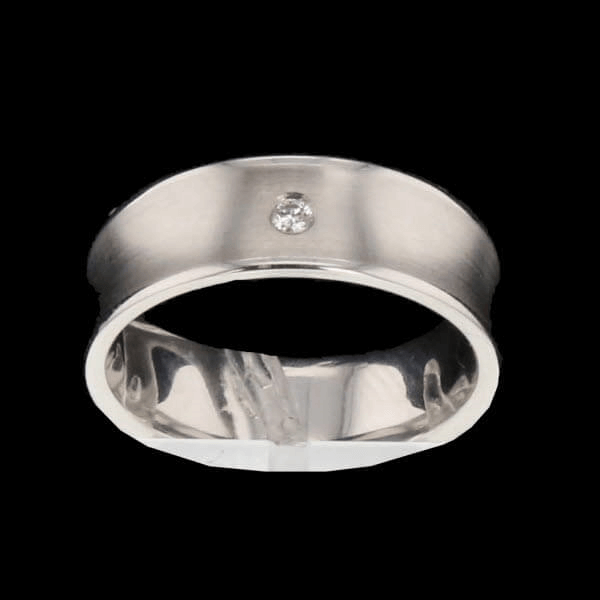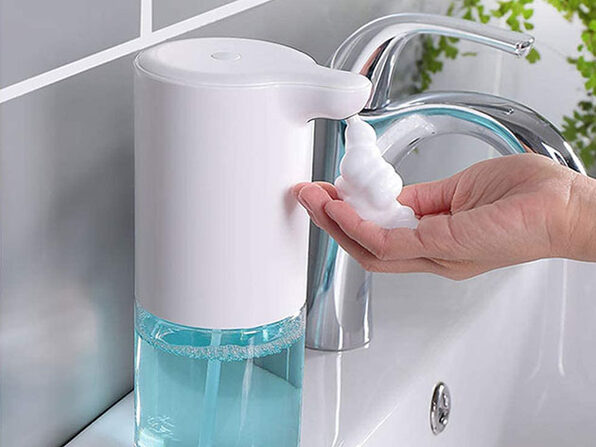Thanks to your stash of plastic food containers, leftover dinners on exhausting weekdays have never been easier. In addition to being handy, they can also be quite durable. Here are some tips for maintaining your tubs:
Table of Contents
Be Careful With The Microwave
This is true, we know. A quick-cook appliance like this can damage plastic tubs that are not microwave-safe. Plastic containers will most likely degrade or become pitted if you microwave tomato sauce or food containing high fat. Transfer your meal to a plate before heating it, or use glass containers (be careful with plastic lids).
If your plastic container deforms in hot water or when you put it in the microwave, it’s probably time to dispose of it, preferably by recycling it. However, if it’s still in good condition, you can use a few methods to clean it effectively for the next use. The most common one is, naturally, hand washing with soap, warm water and a scrub brush or sponge. When hand washing Tupperware, remove any food leftovers and particles, wipe any grease residue with a sponge or a paper towel and dispose of them in the trash. Afterwards, rinse the container with hot water and wash it with dish soap and dishwashing liquid.
Be Wary Of The Dishwasher
Ensure your labels are accurate! Make sure your dishes are dishwasher-safe by checking the manufacturer. Some containers aren’t heat-resistant. Using the dishwasher may cause containers to no longer seal tightly after cleaning.
With such plastic items, checking if they’re safe before putting them in the dishwasher is essential. If you’re unsure, I’d advise placing them on the top rack to avoid warping and contaminating the water and other dishes in the appliance. It’s best if you use a low-heat cycle.
You might need to take extra steps if you have stains on your containers that can’t be removed by hand washing or the dishwasher.
A baking soda and vinegar solution is a safer and more effective method. It works more effectively for tougher stains and foul odours. Once you mix the ingredients, using equal parts from both, soak your containers in the solution for a few hours. After that, thoroughly rinse them with warm water. Baking soda is the main ingredient that helps remove stains, while the vinegar eliminates bad smells. If you’re only looking to treat the colours, you can also work with baking soda only and make a paste by combining it with water and scrubbing vigorously. Let the container sit, wipe it out and rinse it.
Another method that I highly recommend is using hand sanitiser. Yes, I know, but hear me out. Pour a generous amount of hand sanitiser into the container to cover the stain you want to remove, and let it sit for around 45 minutes. After that, pour the liquid down the drain and wipe the container with a slightly damp paper towel. You will be amazed by the results! The only issue this method has is that hand sanitiser isn’t always available, and you may not have it in your kitchen cupboard like baking soda or vinegar.
For stains that feel impossible to remove, you can use a very strong cleaning solution. Pour 1 tablespoon of bleach in about 4 litres of water and mix it well. Set the solution aside, get your containers and put them in a spot where they are in direct sunlight and leave them there for a couple of hours. After that, grab your containers and place them in the already mixed solution and let them soak for a few minutes. When you get them out, ensure that you meticulously rinse them with water. Always consider this method as a last resort, as bleach is not only harmful to you but to the environment as well.
If none of these methods works to remove the stains, then most likely, it is time to say goodbye to your tupperware.
You can also try a few things to prevent future stains on your plastic food containers. If you’re using the container for cooking, spray the inside with an unflavoured cooking spray. Consider lining it with foil or plastic wrap if you’re using it to store food.
You should always read the care instructions for your specific type of container because some materials may not be suitable for particular cleaning methods. Besides that, it’s advisable to avoid using abrasive cleaners or scrubbers that could scratch or damage the items.
Blasting The Stains With Cooking Spray
Have you noticed that last night’s spaghetti and meatballs turned your container orange? While not always, there is a high chance of this happening. Should you come across a similar issue, simply spray cooking oil on the inside to create a layer between the food and your plastic container. Stain-resistant containers will be easier to clean, even when you store highly transferrable foods.
Stained? Mild Bleach Solution
Mix one tablespoon of liquid chlorine bleach with one cup of warm water to remove the discoloured plastic, then pour the solution directly into the containers. Ensure that the entire surface is covered with the mixture. Afterwards, wash the container in hot, soapy water for 30 minutes. Since this is bleach we are using, you need to rinse, rinse, rinse.
Quick Rinse As Soon As You Empty The Container
Removing the food and juices stuck to the sides as soon as possible will help eliminate smells and stains as quickly as possible. Ideally, you should also wash the containers with hot water and soap at this time.
Baking Soda Again
Natural deodorisers are abrasive but gentle, so they are ideally suited to freshening up stinky containers. You can use a sponge sprinkled with baking soda to wipe the surfaces, then wash them afterwards.
Still, Smelling? How About a Newspaper Trick?
Crumpled newspaper should be stuffed into a clean (albeit smelly) container before its lid is reattached. After a few days, let the paper soak up the odours. When you store food in the container, wash it in hot, soapy water and throw out the paper.
Admit It when It’s Time For Replacement
These plastic storage devices aren’t meant to last forever. Ensure you replace them once they’re no longer functional or stained beyond belief. For example, when the lid won’t stay on or the bottom is warped. You do not need a professional cleaner to tell you when it is time for a specific kitchenware to be gone.

:max_bytes(150000):strip_icc()/Glass-Container-Lid-Mold-3x2-1-34f2a468746d4974bb2bde701aa50814.png)












